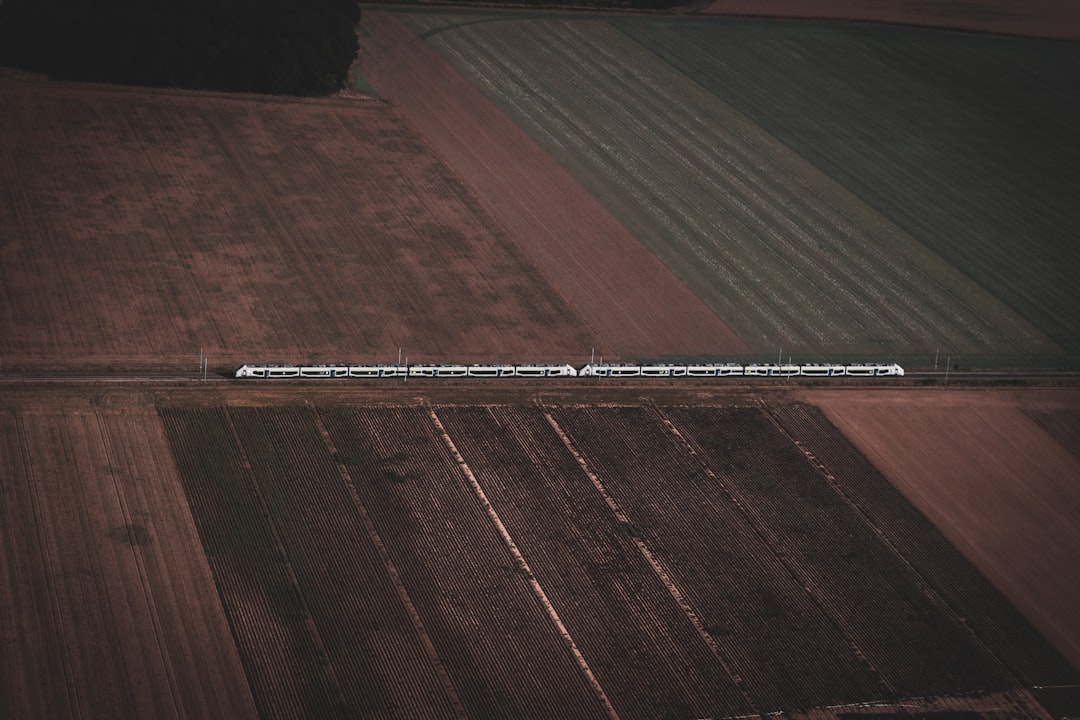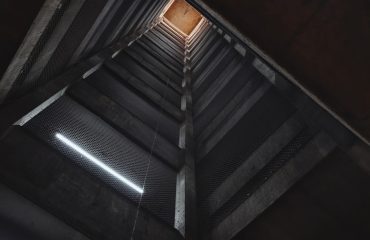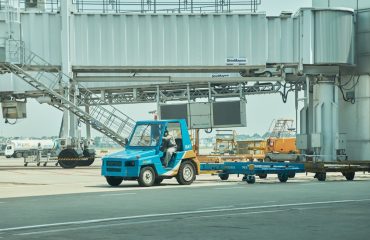Choosing the right type of steel for your project is crucial for success. Often, the decision comes down to understanding the differences between raw and finished steel. This comprehensive guide breaks down the key distinctions, helping you make an informed choice based on your specific needs and budget.
1. Understanding the Raw Steel Production Process
Raw steel, also known as pig iron or crude steel, is the initial product of the steelmaking process. It’s produced in a blast furnace where iron ore, coke, and limestone are smelted at extremely high temperatures. The resulting molten iron contains significant impurities like carbon, manganese, silicon, phosphorus, and sulfur. These impurities significantly affect the steel’s properties, making it brittle, weak, and unsuitable for most applications. The raw steel is typically cast into large ingots or continuous cast slabs, ready for further processing.
The process is energy-intensive and generates substantial waste. However, this initial stage is fundamental as it lays the groundwork for the diverse range of finished steel products we utilize daily.
2. The Transformation: From Raw Steel to Finished Steel
Raw steel undergoes various refining processes to become finished steel. These processes aim to reduce impurities and adjust the chemical composition to achieve desired properties like strength, ductility, and corrosion resistance. Common refining methods include:
- Basic Oxygen Furnace (BOF): This process uses oxygen to oxidize impurities, significantly reducing carbon content.
- Electric Arc Furnace (EAF): This method uses electric arcs to melt scrap steel and other raw materials, offering greater flexibility in alloying.
- Secondary Refining: Further treatment to fine-tune the chemical composition and remove remaining impurities.
After refining, the steel is cast into various shapes – billets, blooms, or slabs – depending on the intended final product. These semi-finished products then undergo further shaping and processing, such as rolling, forging, or drawing, to achieve the desired dimensions and properties.
3. Mechanical Properties: A Head-to-Head Comparison
The most significant difference between raw and finished steel lies in their mechanical properties. Raw steel is inherently brittle and lacks the strength and ductility necessary for most engineering applications. Its high carbon content contributes to hardness but also makes it prone to cracking under stress. Finished steel, on the other hand, exhibits a wide range of mechanical properties depending on its alloying elements and processing. It can be tailored to possess high tensile strength, excellent ductility, improved toughness, and enhanced fatigue resistance.
Specific properties like yield strength, ultimate tensile strength, and elongation are precisely controlled during the finishing process, allowing engineers to select the optimal grade for specific applications.
4. Applications: Where Each Type Shines
The contrasting properties dictate the applications of raw and finished steel. Raw steel’s limited usability restricts its application mainly to the steelmaking industry itself. It serves as the feedstock for the production of finished steel products. Finished steel, conversely, boasts a vast array of applications across various sectors:
- Construction: Reinforcing bars, structural beams, and sheet metal for buildings.
- Automotive: Body panels, chassis components, and engine parts.
- Manufacturing: Machinery components, tools, and various industrial equipment.
- Energy: Pipelines, wind turbine towers, and other energy infrastructure.
- Consumer goods: Appliances, furniture, and various household items.
5. Cost Considerations: Balancing Quality and Budget
Raw steel is significantly cheaper than finished steel due to its lower processing level. However, the cost savings are offset by the extensive processing required to make it usable. Finished steel, while more expensive, offers superior properties, reliability, and reduced manufacturing costs in the long run due to its suitability for direct use in various applications. The increased upfront cost is justified by the enhanced performance, durability, and reduced risk of failure in the final product.
The choice between raw and finished steel depends on the intended application, budget constraints, and required performance characteristics. For most projects, the advantages of using finished steel outweigh the higher initial cost.
Ultimately, understanding the differences between raw and finished steel is crucial for making informed decisions in various projects. By carefully considering the properties, applications, and costs, you can choose the optimal steel type for your specific needs, ensuring both quality and efficiency.
Tags: raw steel, finished steel, steel production, steel properties, steel applications




